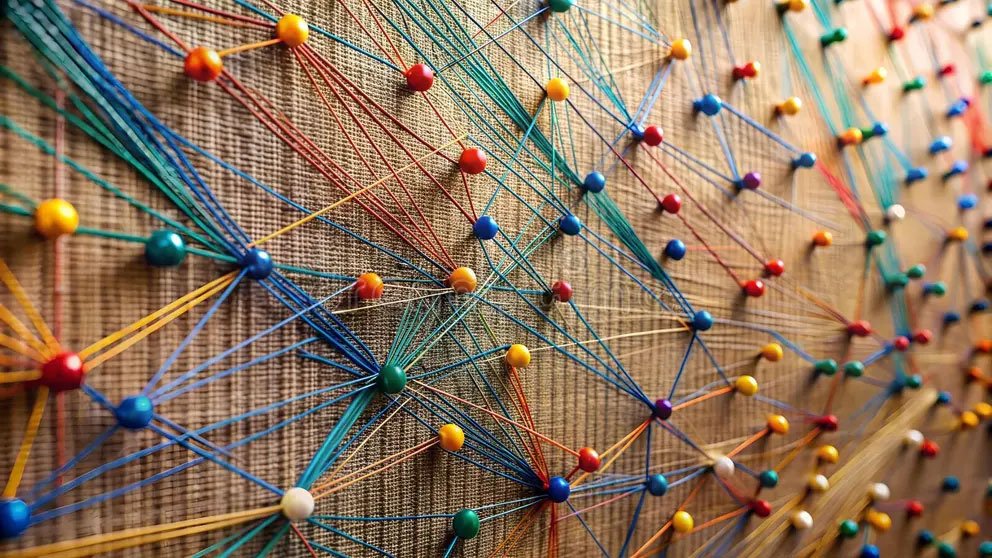
Collaboration

Collaboration
Networks That Thrive
In the era of "too big to fail," size was seen as the ultimate advantage. Today, the new reality is clear: being "too small to succeed" is the real threat. Collaboration isn’t just about gathering people; it’s about identifying what’s missing and making space for the perspectives, skills, and strengths that fill those gaps. The best teams thrive by bridging divides, building relationships, and amplifying every contribution. True progress begins when we stop going it alone and intentionally invite what we need to achieve what no individual or institution can on their own.
Becoming One
Collaboration thrives at the point where perspectives, strengths, and ideas converge. By aligning teams and bridging gaps, we help organizations create the conditions for meaningful connection and shared progress. Convergence isn’t just about working together—it’s about uniting what’s missing to build something stronger than any individual effort.
Keynote Presentation
-
The Convergence Keynote explores the transformative power of collaboration in a world where the greatest risks lie in operating alone. This thought-provoking presentation challenges organizations to move beyond traditional teamwork and embrace the intentional convergence of perspectives, skills, and strengths to solve their most pressing challenges.
Using the concept of “The Empty Seat,” the keynote highlights the value of identifying what’s missing—be it a perspective, resource, or relationship—and making space for it. By bridging divides and amplifying contributions, organizations can achieve outcomes that are impossible to realize individually. The keynote inspires audiences to reimagine collaboration as the foundation of innovation, resilience, and shared success.
Workshop
-
The Convergence Skills Workshop is an interactive experience designed to equip teams with the tools to foster true collaboration. Participants learn to recognize and fill their organization’s “Empty Seats,” aligning strengths, perspectives, and resources to create synergy and drive progress.
Through guided activities and real-world scenarios, the workshop builds essential skills for bridging gaps, enhancing communication, and fostering alignment within teams. It also incorporates tools to address the mental and emotional aspects of teamwork, ensuring that teams can manage stress and maintain resilience while working toward shared success.
By mastering the art of convergence, participants leave with the ability to create conditions for meaningful connections, amplify collective strengths, and ensure that every effort contributes to sustainable, impactful outcomes.
Development Process
-
The Convergence Action Plan provides organizations with a strategic framework to embed the principles of convergence into their operations. It focuses on identifying critical gaps—whether in perspectives, skills, or resources—that hinder progress and creating actionable steps to close them. By bringing together the right people, ideas, and tools, the plan aligns teams, bridges divides, and fosters collaboration to unlock untapped potential.
Beyond operational alignment, the plan also addresses the mental and emotional dynamics of teamwork. It incorporates strategies to manage stress, enhance resilience, and support well-being, ensuring that teams are not only cohesive but also equipped to navigate challenges with confidence and clarity.
The result is a unified and adaptive approach that empowers organizations to tackle obstacles, seize opportunities, and achieve sustainable growth, all while fostering a culture of strength, connection, and shared success.
3 Myths About Collaboration
-
Collaboration isn’t about getting everyone to agree—it’s about creating space for disagreement. The best ideas often emerge from friction, not harmony. True collaboration thrives when people challenge each other, test assumptions, and refine concepts through constructive tension, not blind agreement.
-
Teamwork and collaboration are not the same. In fact, great teamwork can often discourage collaboration. While teamwork emphasizes alignment and efficiency, collaboration demands disruption—bringing together diverse perspectives, conflicting ideas, and unexpected solutions that push beyond what a team could achieve on its own.
-
Nature’s oldest strategy for survival was symbiosis: life forms paired with others whose strengths complemented their weaknesses. The same principle applies to organizations. Diversity in perspectives, skills, and experiences isn’t a challenge to collaboration; it’s its greatest asset. Despite recent criticisms of DEI, embracing differences is what drives innovation, resilience, and progress. True collaboration thrives on variety, not sameness.




